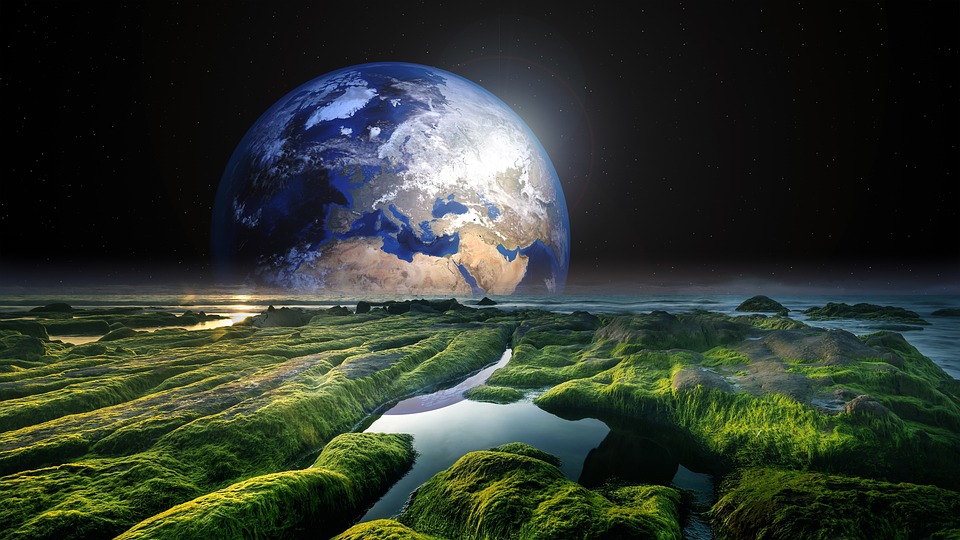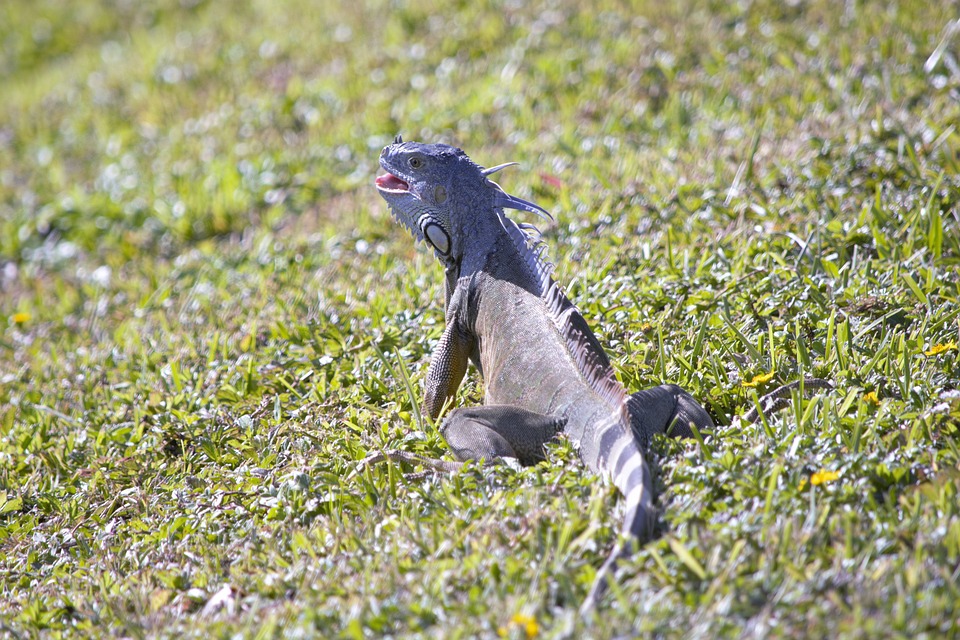
Fixing the World: 7 Ways Countries Can Repair the Natural World
The world is a beautiful place, but it’s in trouble. Our natural resources are being depleted at an alarming rate, and climate change is making things worse. In this blog post, we will discuss 8 ways that countries can help repair the natural world. We hope that by raising awareness of these issues, we can encourage more people to take action and make a difference!
1. Preserve and restore land and woodlands
According to the Intergovernmental Panel on Climate Change, land degradation has reduced the productivity of 23 percent of the world’s land surface. This has led to the loss of approximately US$10 trillion in economic value each year. The primary cause of land degradation is human activity, including the overuse of natural resources, pollution, and climate change. As the world population continues to grow, it is essential that we take steps to conserve and restore our land and forests. Some of the ways countries can do this include:
-Implementing policies and incentives that encourage sustainable land management practices
-Promoting agroforestry and reforestation
-Protecting natural habitats and restoring degraded ecosystems
-Improving monitoring and assessment capabilities
2. Reduce pollution

Pollution is a major threat to the natural world, and it comes from a variety of sources, including factories, automobiles, and agriculture. Reducing pollution can be challenging, but it’s important to take steps to reduce the number of harmful toxins that are released into the environment. One way to do this is to promote the use of cleaner energy sources, such as solar and wind power.
3. Curb climate change
Climate change is one of the biggest threats to the natural world, and it’s caused by emissions from human activity, like burning fossil fuels and clearing forests. Tackling climate change will require a concerted effort from individuals, businesses, and governments around the world. One way to start is by reducing emissions through measures like increasing energy efficiency and investing in renewable energy sources.
4. Protect endangered species
Endangered species are those that are at risk of becoming extinct due to factors like habitat loss or human activity. There are many things that can be done to protect endangered species, including creating protected areas like national parks or wildlife refuges. In addition, efforts should be made to reduce threats to endangered species, such as hunting or pollution.
5. Restore degraded habitats:
Habitat degradation is one of the leading causes of biodiversity loss. It occurs when natural habitats are destroyed or damaged by human activity, leaving them unable to support plant or animal life. To help restore degraded habitats, it’s important to create new ones through reforestation or other means. In addition, existing habitats should be protected from further degradation through measures like pollution controls or land use planning restrictions.
6. Improve water quality
Water quality has a direct impact on the health of aquatic ecosystems and the creatures that live in them. To protect these valuable resources, it’s important to reduce water pollution by relying on cleaner sources of water for drinking, irrigation, and industrial uses. In addition, efforts should be made to improve wastewater treatment so that harmful chemicals and pollutants are removed before they enter waterways.
7. Control invasive species

Invasive species are plants or animals that are not native to an area and cause harm to the environment or economy when they’re introduced. They can cause problems by competing with native species for food or space, damaging crops or infrastructure, or spreading disease. To prevent these negative impacts, it’s important to control invasive species through measures like early detection and eradication, planting native plants, or creating barriers.
By taking these steps, we can help to protect the natural world and ensure a more sustainable future for all.
References:
https://www.globalcitizen.org/en/content/united-nations-biodiversity-report-solutions/
https://www.unep.org/news-and-stories/story/heres-how-five-countries-are-reviving-biodiversity